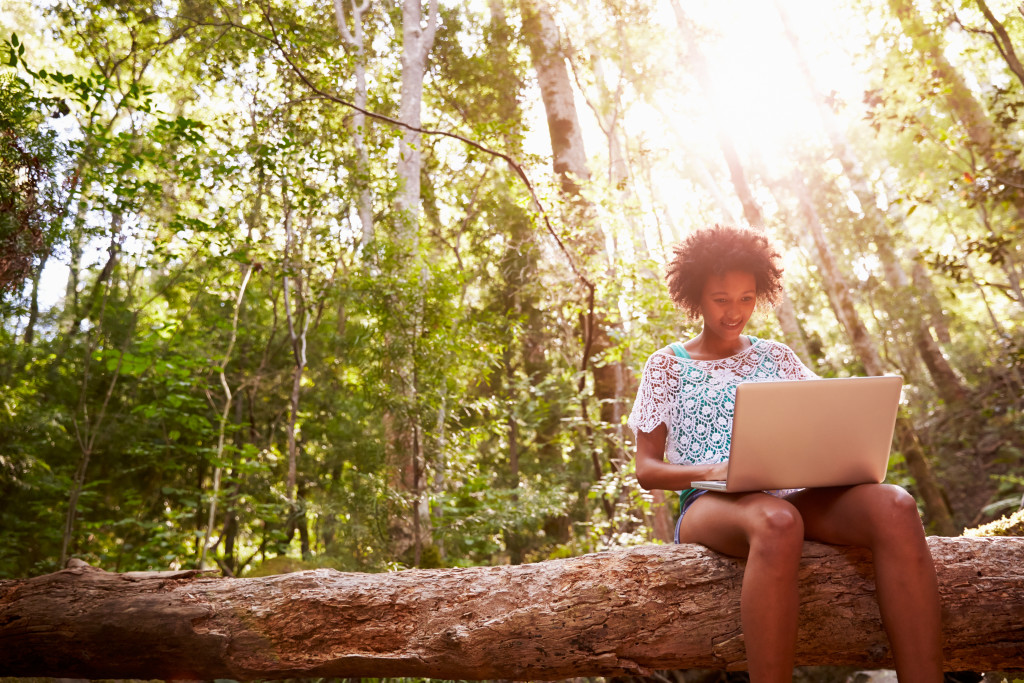Has the thought of escaping the city, then living off-grid ever crossed your mind? It’s indeed so tempting sometimes. With all their convenience and modernization, big cities somehow equate to endless stress, pressure, and pollution that the idea of a totally self-sufficient way of life seems so attractive.
But what really is off-grid living? It’s a way of life that doesn’t rely on society’s connected systems. Living completely off the grid will require you to provide for yourself by all means—power, food, water, septic, and many other resources. These demands would mean total off-grid, which is not a life for everyone, especially not for the faint of heart.
Reasons for Off-grid Living
Some think of the early 1800s no-electricity, no-internet way of living seems romantic. Or perhaps, it’s a way of saving the environment by not being so dependent on fossil fuels. A few people think that sort of apocalypse or global shift is coming, so they needed to prepare, just like we never knew COVID-19 was coming.
Others think that living in such a way would be an excellent opportunity to reduce their daily living, utility, and energy costs—that living off-grid is a great way to save. Some people are just drawn to sustainable living, and one thing they have in mind is living completely off-grid.
However, if your goal is to be sustainable, then you might want to share your resources with others since the purpose of sustainability is efficiency. Living on the grid (connected to society’s resources) is more practical if sustainability is your goal.
So who really is the right fit for living completely off-grid? It’s those autonomy-seeking people or living in very remote areas that there is no other option but strive to thrive in an off-grid setup. Do you own a distant land where the city’s resources cannot reach? Then, living off-grid might be your only option, although it can really be costly.
For those bold and willing to embrace even the high upfront costs that come with it, you might want to know how you can better thrive in such a setting. It’s easy to think but would be really difficult to set up and live.
Consider Your Options
While you can go totally off-grid, you have other hybrid options—half-on or off the grid and a modern off-grid lifestyle.
Living totally off-grid can get really rough, which is why it’s called “roughing it.” If you really want to rough it, you will have to get used to sharp tweaks in your lifestyle. You build a home in the middle of somewhere without plumbing, electricity, or running water systems, so you have to make do with complete independence. Since electricity systems cannot be accessed, you will have to install various power resources for backups.

Here’s another way, the half-on or off-the-grid. This is when you decide not to rely heavily on the modern system but will still use it now and then. If you’re just testing the waters whether you’d survive in a full off-grid setup, then this is your best choice.
Lastly, you might like the idea of modern off-grid living, the most common of all. The first step is having a solar energy company install solar panels in your home so that you can do without electricity as much as possible. This lifestyle still lets you tap into modern conveniences (technology, digital devices, etc.) so that you can maintain self-sufficiency.
Off-grid Living Steps
When you finally want to switch to off-grid living, take it slowly so that you won’t feel overwhelmed, especially with the cost. Here is the step by step process:
1. Choose your home
Most people, when they start living off-grid, begin by downsizing their homes. This home downsizing will let you live more simply and use less energy and resources. Tiny houses can get you off-grid much faster.
2. Find ways to harvest water
Some options include drilling a well and installing a system that lets the water into your home or harvesting rainwater via a huge catchment. Secure your own septic system, too.
3. Pick your source of electricity
You have solar panels, a hydroelectric power generator, or a wind turbine as options. Each of them comes with its advantages and disadvantages. One thing’s for sure is that when you’re living totally off-grid, you don’t just get one from these. You pick two (even three) for real backups.
4. Grow your own food
Prepare your fertilizers, gardening tools, seeds, mulch, and all that you need to grow your own food. You can even raise cattle and chickens, so you can also have meat now and then.
The Satisfaction From Being Self-sufficient
If you have successfully set up your off-grid living version, congratulations. It can be very satisfying to eat food that you grow and independent of the outside world. “Roughing it” isn’t your only option. Feel free to choose your own off-grid lifestyle.

